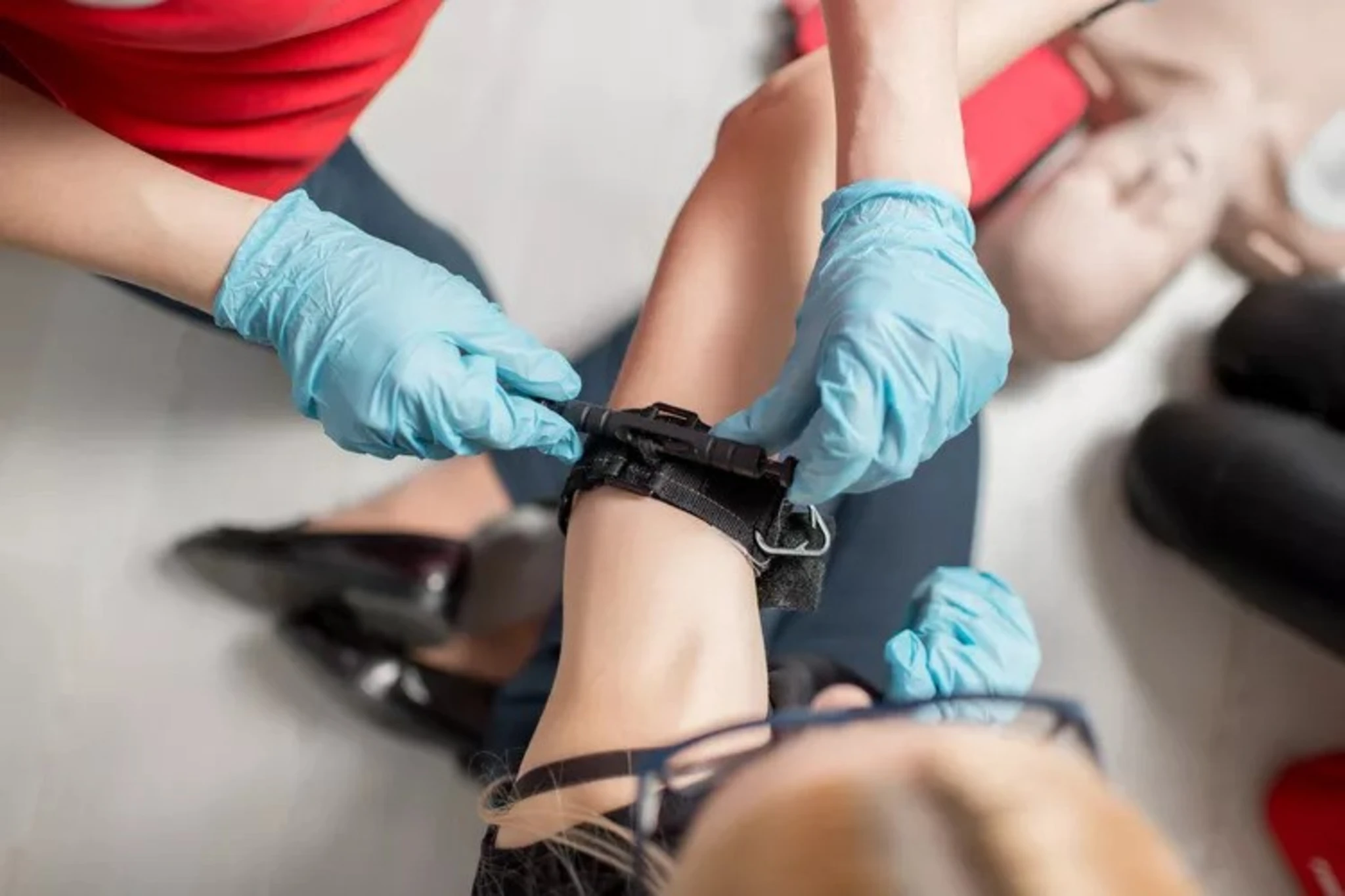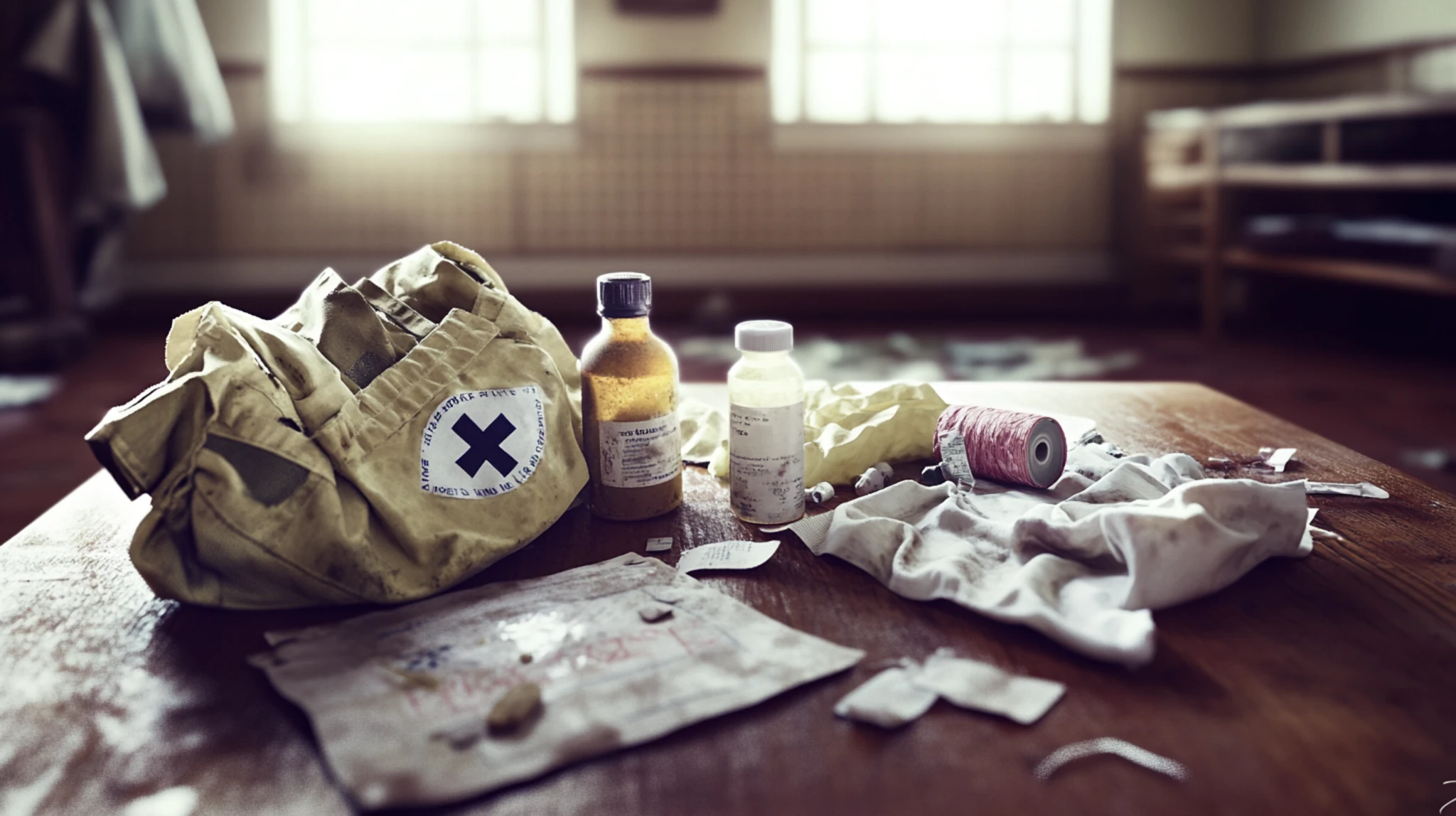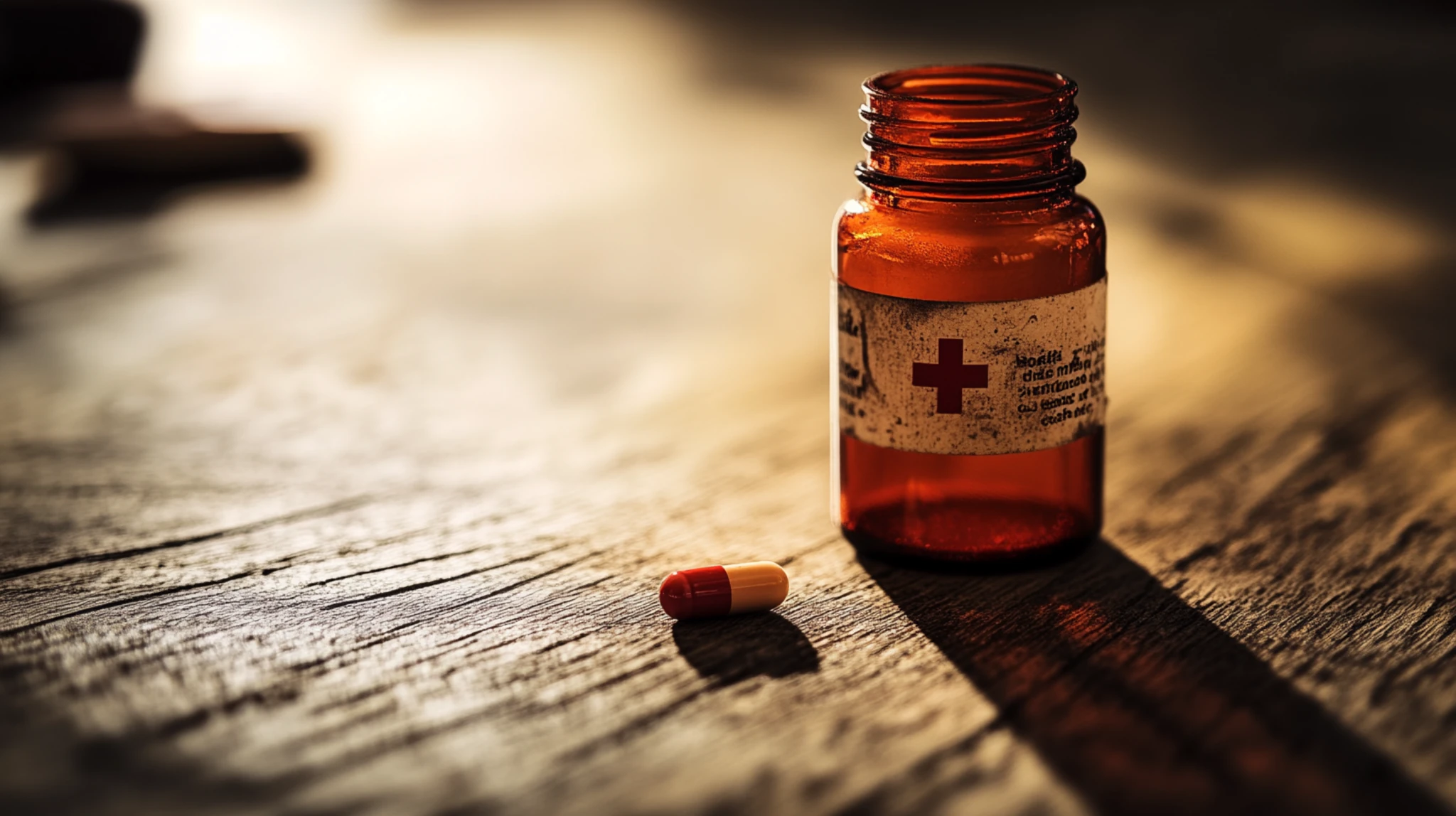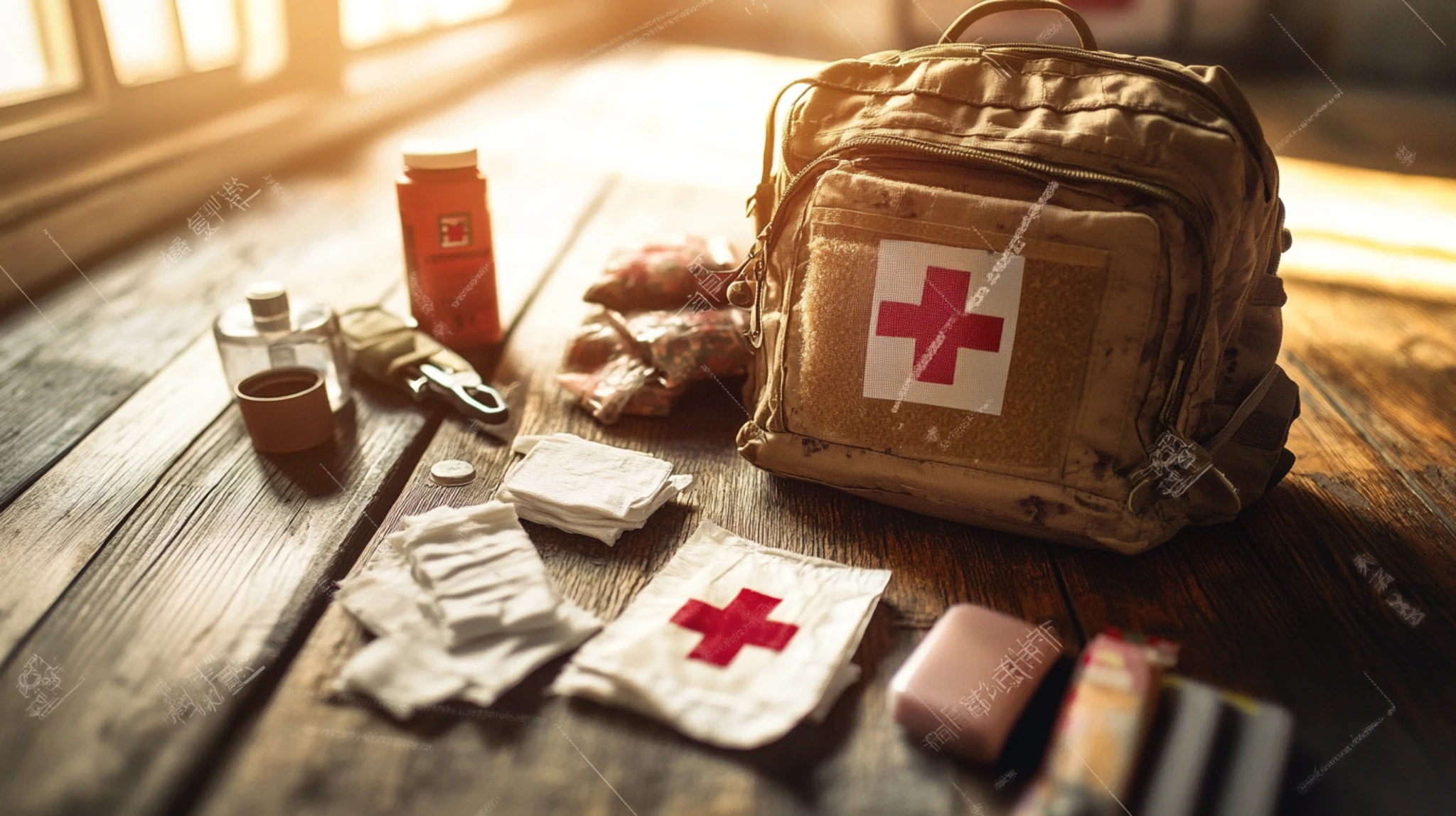
When a major injury happens, you don’t have hours—you have minutes. Severe bleeding is one of the fastest killers in any survival or disaster scenario, and without immediate action, a person can die long before help arrives. That’s why learning to use a tourniquet isn’t optional for survivalists; it...





